
Everything you need to know to start your own nourishing and uplifting Hatha Yoga practice!
Hatha Yoga is a term that is thrown around a lot in the Yoga world these days.
But what does it actually mean?
As usual, the answer to this question is complicated. There’s a short answer and a long answer.
Let’s start with a short answer.
In most Western yoga studios the word Hatha is usually meant to refer to slow-paced classes with a strong focus on stretching and long holds of poses. These classes may also incorporate breathing practices or detailed alignment cues to incorporate within these poses, as the longer time in the pose allows for a bit more fine-tuning.
In this way, they are distinguished from Vinyasa classes, which tend to have a strong focus on movement that is purposefully connected to the breath. These classes are usually a bit more vigorous and athletic and involve linking together poses with movements called Sun Salutations.
They are also distinguished from Yin classes, which tend to feature extremely long holds of poses that are maintained completely passively within your normal mobility. Hatha classes are still active, strong practices, with a focus on alignment, engagement, and energy.
Now for the long answer.
The truth is that, technically, almost all of the breath and posture-based yoga that we do in studios in the west is actually Hatha Yoga. Let’s dive in a bit deeper and explore what the term actually means and why the distinction was made between these styles.
The Hatha Yoga Pradipika
There is textual evidence of some of the practices of Hatha Yoga dating back to the 1st century, and archaeological evidence that may date back even further. However, the first complete systematized exposition of the posture, breathing, purification, and meditation practices that constitute Hatha Yoga was a text called the Hatha Yoga Pradipika.
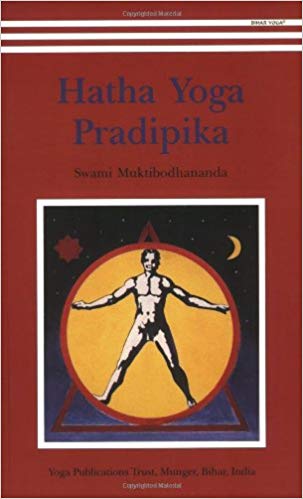
The Hatha Yoga Pradipika dates back to the 15th century and was written by the Rishi Swatmarama. It was originally intended to be a compilation of several early texts that have not survived.
The work is divided into four chapters that are meant to outline a gradually deepening practice of yoga that focuses on the physical body, and gradually moves in layers towards the more subtle aspects of embodied experience.
Among the techniques outlined are a series of postures intended to develop the physical body and cultivate awareness of the subtle body. These postures are called Asana, and they are the closest thing to what most now conceive of as Yoga, but they are just the beginning.
The book also outlines a series of breathing exercises, called Pranayama, and a series of exercises intended to manipulate the energies of the subtle body, called Mudra, and Bandha. It also gives an account of the workings of the Chakras, the energy centres, and the Nadis, or energy channels, of the subtle body.
What is Hatha Yoga?
It was long thought that the word Hatha was formed from the roots “Ha” and “Tha” which means “sun” and “moon,” respectively. The implication was that the practices are meant to balance and unite the solar and lunar energies in the subtle body.
It is now thought that the term was originally intended to mean simply “force” or “effort,” and describes the intense physical and mental discipline required to master these techniques.
Either way, the bottom line is that Hatha Yoga is but one type of Yoga among many others in the larger context of Indian philosophy and spirituality, which encompasses Indian religious traditions as diverse as Hinduism, Buddhism, Jainism, Sikhism, and Islam.
The History of Modern Hatha Yoga
The popularity of Hatha Yoga in the west can be more or less traced back to two men: Tirumalai Krishnamacharya and Swami Sivananda Saraswati.
Krishnamacharya was heavily influenced by physical culture and adapted the techniques of earlier yogic texts into simple systems of exercise that could be done on a daily basis by normal people in order to keep them physically and mentally healthy.
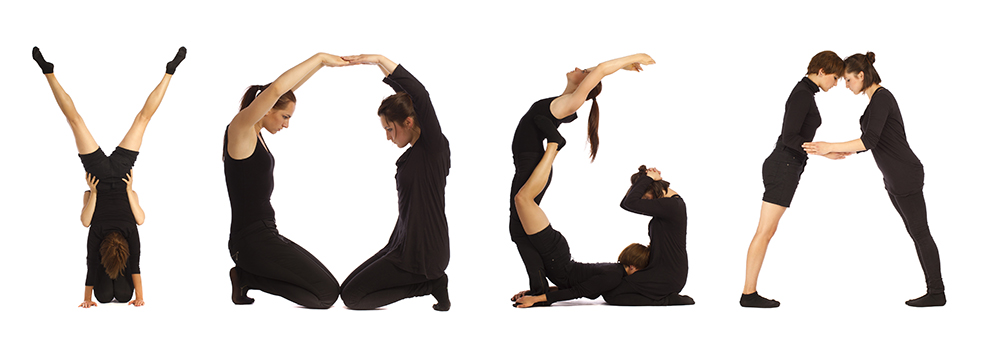
He would, in turn, become the teacher of Pattabhi Jois, B.K.S. Iyengar, and T.K.V. Desikachar, who would popularize his version of yoga around the world through the popular systems of Ashtanga, Iyengar, and Viniyoga.
Most of the yoga we practice in studios today can be attributed to him, though “Vinyasa” classes are generally based on the Ashtanga system and “Hatha” classes are based more on the Iyengar and Viniyoga systems.
Sivananda, on the other hand, taught a more spiritually focused yoga system that integrated contemplative, devotional, philosophical and lifestyle practices.
He would also teach a number of important gurus who would go on to become popular promoters of Yoga to a western audience. These include Swami Satyananda, who founded the Bihar School Of Yoga and Swami Vishnudevananda who founded the Sivananda Yoga Vedanta Centres and developed the style of yoga now known as Sivananda Yoga.
The systems of yoga that developed from this lineage also taught Asana practices. These may have been influenced in part by Krishnamacharya but placed a much larger emphasis on the earlier classical texts and the other aspects of yoga outlined in sources like the Bhagavad Gita. These styles are often referred to nowadays as “Classical Hatha Yoga,” and may also describe the style seen in many yoga classes that are called, simply, “Hatha.”
How To Start a Hatha Yoga Practice
As you can see, the language of Yoga can be a bit confusing.
Luckily, you don’t need to be a history major to start a Hatha Yoga practice for physical and mental health. All you need is some loose-fitting clothes, a yoga mat and a little bit of persistence.
We’ll outline here a short sequence of Hatha Yoga postures that you can try at home. All of these postures are meant to be held for moderate lengths of time before proceeding to the next one. We’ll generally recommend 30 to 60 seconds per posture, but feel free to hold them for longer if it feels good.
As always, if you have any mobility issues or any kind of chronic illness, please consult a health professional before starting any Yoga practice. You would also be well advised to consult an experienced teacher who can cater the practice to your specific needs.
Also See: 200 Hour Yoga Teacher Training
10 Top Hatha Yoga Poses
Sukhasana, The Easy Pose
Sukhasana literally means Easy, or Relaxed Pose, and the purpose of it is to allow the body to assume a quality of calm alertness that helps prepare the mind for meditation.
It is also a great place to begin a Hatha Yoga practice, as this simple position can become a jumping-off point for all sorts of breathing exercises and simple stretches to open up the neck, shoulders, and back.
Simply sit in a cross-legged position on the floor. If this places strain or pressure on the knees or hips, consider sitting up on a block or bolster and placing support underneath the knees. Once you’ve found a comfortable position for your legs, press into the floor with your sitting bones and start to draw the crown of the head up towards the ceiling so that the spine lengthens.
Allow the shoulders to relax down the back and allow the chin to remain level with the floor. At this point, you may choose to simply watch your breath for a few minutes or intentionally slow down the breath so that the exhale is slightly longer than the inhale. Breathe deeply, expanding first through the abdomen and then up into the chest.
Adho Mukha Svanasana, Downward Facing Dog
Downward Facing Dog is one of the key asanas in most Hatha Yoga systems. It helps to open up the whole back of the body while building strength and control in the shoulders and lower abdominal muscles.
Starting from a tabletop position on all fours, press into the floor with your hands and step the feet back into a plank position. Make sure the hands are directly underneath the shoulders.
On an exhale, slightly bend the knees, pressing the hands into the floor and send the hips up towards the ceiling, allowing the head to drop between the arms.
At first, most people will find it much easier to maintain this pose with generously bent knees and the heels lifted off the floor. This will allow them to focus more on lengthening through the back, reaching through the arms and tipping the tailbone up towards the ceiling. After some time, it is appropriate to begin to straighten the legs and lower the heels towards the floor.
Bhujangasana, Cobra Pose
This important backbending posture can be surprisingly difficult to master so take it slow at first.
Starting in a prone position with the belly on the floor, place the hands on the floor alongside the body, exactly where will depend on your body type, but you can start with them slightly behind your shoulders.
As you press into the floor start to lift the crown of the head towards the ceiling, opening the chest up to the front of the room and keeping the hips drawing down towards the floor. At first, keep the arms generously bent. Over time it is appropriate to straighten them.
Take the gaze up, reaching the chin up and forward, instead of throwing the head back.
At first, most people will feel more comfortable with the legs slightly apart, though ultimately the legs should be brought firmly together, which will make the pose more challenging.
Anjaneyasana, Low Lunge
From Downward Facing Dog. Step the right foot between the hands and come into a low lunge, placing the left knee on the floor. The right knee should be aligned directly above the foot, although it is appropriate at a more advanced stage to bring the knee further forward.
The back knee should be well behind the hip so that a stretch is felt through the front of the leg.
On an inhale lift both arms towards the ceiling, bringing the palms together if possible. Lift the gaze as well.
Repeat on both sides before moving on.
Trikonasana, Triangle Pose
Begin with the legs about 3 to 4 feet apart and the hips square towards the side of the room, turn the right foot out so that it is perpendicular with the back foot. Turn the back foot in slightly, about 5 to 10 degrees.
On an inhale reach the arms out towards opposite sides of the room. On an exhale begin to tip the body over to the side, reaching the right hand towards the right shin. Reach the left hand towards the ceiling. Initially, it may be more comfortable to look towards the right hand, but eventually, the gaze should be brought up towards the lifted hand.
Repeat on both sides before moving on.
Vrksasana, Tree Pose
Begin in a standing position with the feet together at the front of your mat. Start to bring the weight into the left foot.
On an inhale draw the knee in towards the chest. Start to draw the knee out towards the side, opening up through the hip and place the sole of the right foot on the inside of the left leg.
For beginners, it may be sufficient to place the foot just below the knee on the inner calf. Eventually, the foot should be placed above the knee, as close to the groin as is comfortable. Never place the foot on the knee itself. Press the foot firmly against the leg and reach the hands overhead, pressing the palms together.
Fix the gaze on one point and keep the attention there for the whole length of the pose.
Repeat the pose on the other side before moving on.
[rv id=”NKhkIS0bwSU”]
Paschimottanasana, Seated Forward Bend
Sit on the floor with the legs together in front of the body. Press the heels away from the body and point the toes towards the ceiling. Bend the knees slightly, press into the floor with your sitting bones and lengthen through the spine as much as possible, lifting the gaze slightly upwards.
Walk the hands forward. Initially, they can simply be placed on the floor beside the legs. Eventually, however, the index and middle finger should take hold of the big toes. On an exhale, fold forward, making sure to maintain length through the spine. At first, it may be appropriate to bend the knees very generously to accommodate this.
Marichyasana C, Sage Marichi’s Twist
Sit on the floor with the legs together in front of the body. Bend the right knee and place the foot on the floor next to the inner left thigh, so that the knee is pointing up towards the ceiling. Place the right hand on the floor behind the back and, on an inhale, lift the left arm toward the ceiling.
On an exhale, hook the left arm over the left knee and squeeze the upper arm into the thigh, guiding yourself into a twist. The fingers can be pointed towards the ceiling.
Maintain length through the spine as you twist so that the crown of the head is reaching towards the ceiling.
Savasana, Corpse Pose
Traditionally it is very important to finish any Hatha Yoga practice with the final resting pose, Savasana. In this pose, a practitioner will simply lie on their back with their legs slightly apart and the arms slightly away from the trunk.
Release all of the muscles of the body, and gradually allow any tension to melt away. Attention can be brought to the breath, or to the sensations arising in the body, which will allow the mind to rest as well.
10 Top Benefits of Hatha Yoga
1. Builds Flexibility and Mobility
This one’s pretty obvious. Hatha Yoga helps keep you flexible.
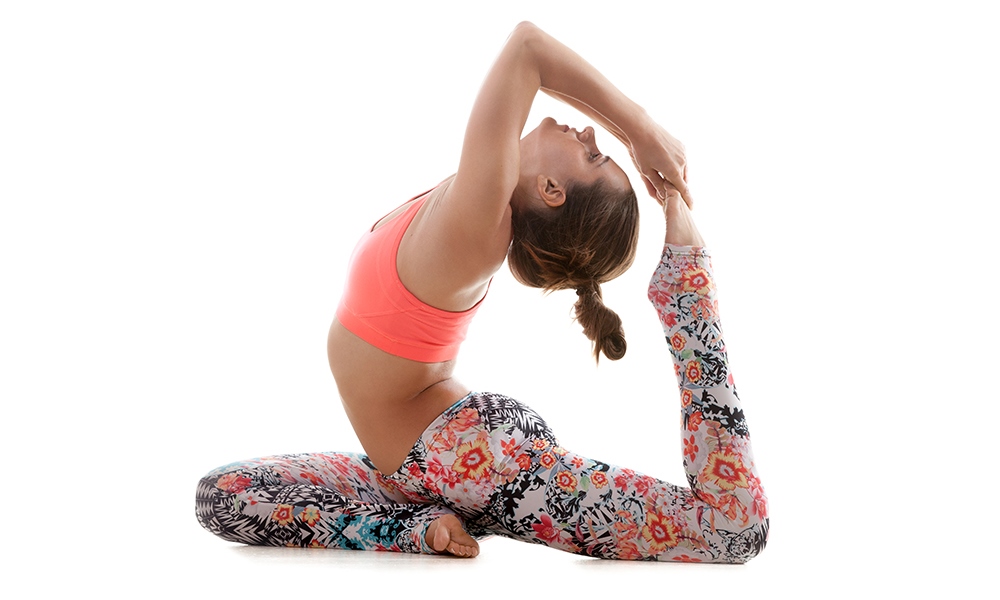
As we age it becomes more and more important to maintain a healthy range of motion in the body so we can maintain an energetic, active lifestyle into old age. Regular yoga practice is a perfect way to do this.
2. Builds Strength and Core Stability
Hatha Yoga is one of the most effective ways to build strength in the deep core muscles of the body. These are the muscles that allow us to sit up straight, breathe deeply and move with fluidity and control.
Building strength in the deep core can help keep our spine healthy and mobile and will help us to perform other physical activities longer and more efficiently without getting tired or breathless.
3. Develops Balance and Proprioception
As we age, our sense of independence and safety is directly linked to our sense of balance and equilibrium.
Through systematically fine-tuning the support muscles of the body, and challenging our proprioception with balancing poses, Hatha Yoga is an effective way to build sustainable balance and natural mobility.
4. Helps to Maintain Healthy Joints
Many injuries to the joints, especially the hips and knees, are caused by a repetitive strain that can be directly linked to tightness and decreased mobility in the muscles of the legs and back. These are the very muscles that yoga targets the most frequently.
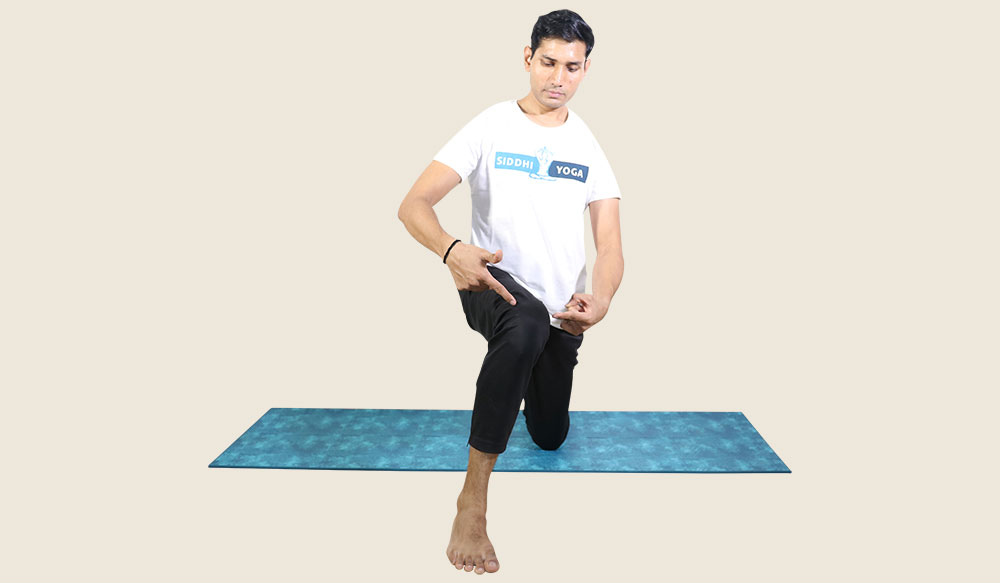
By both lengthening and strengthening these muscles, and helping to break down adhesions in the connective tissue surrounding them, a regular Yoga practice can help to take the pressure off the joints.
5. Stimulates The Immune System
Hatha Yoga helps to increase the flow of blood and lymph throughout the body, which helps the cells of the body to function more effectively, dispose of waste more efficiently and deliver antibodies and white blood cells to fight off infection or foreign invaders.
6. May Reduce Inflammation and Inflammatory Disease
There has been a lot of scientific interest in Hatha Yoga recently due to evidence that it may help reduce chronic inflammation, which can contribute to a whole host of diseases, including arthritis, heart disease, diabetes, and cancer.
7. Improves Sleep Quality
Yoga is basically the systematic cultivation of relaxation and peace of mind, so it’s understandable that it would help to improve sleep.
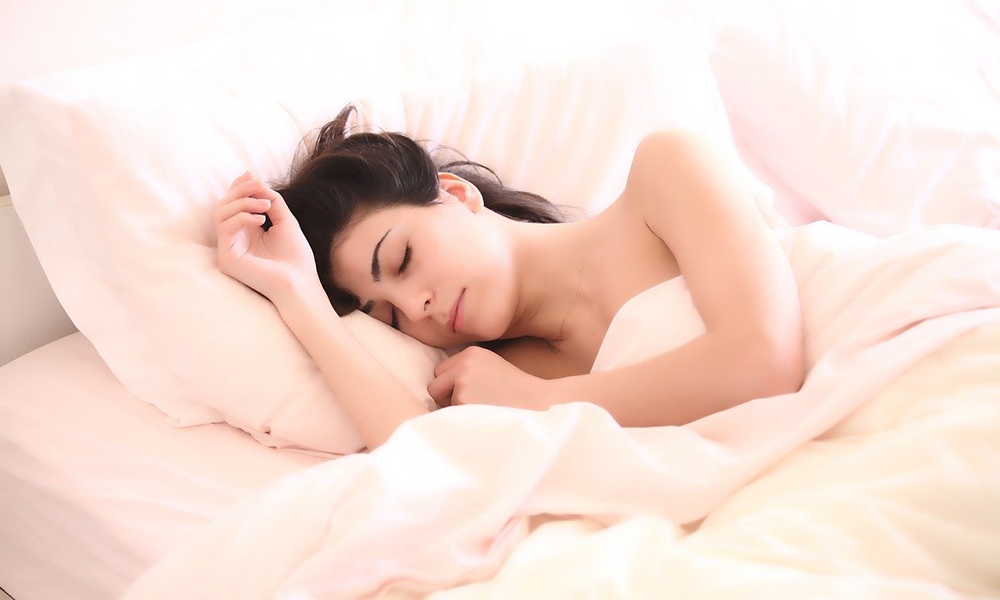
However, it has recently been shown that Hatha Yoga actually directly increases the production of melatonin, one of the most important hormones for regulating the sleep cycle.
8. Helps Develop Discipline and Self Control
A lot of focus is often paid on how Yoga affects the health of the physical body. However, the practice is just as much a mental one. When we hold a Yoga pose, we are taking the body out of its normal comfort zone and maintaining a peaceful and equanimous frame of mind.
This can help us to develop discipline and self-control in our daily life, overcome minor cravings and addictions and even improve our relationships with others.
9. Decreases Anxiety and Stress
Hatha Yoga is one of the most effective ways to find relief from anxiety and stress. This is at least partially because of the other health benefits associated with yoga, including increased circulation, respiration, and mobility.
However it has also been shown to reduce the production of hormones like cortisol, which are linked to stress, and to stimulate the parasympathetic nervous system, the bodies rest and recharge mode.
10. Helps Prepare The Body For Meditation
Hatha Yoga has a lot of benefits associated with physical health. However, it’s important not to lose sight of the fact that Yoga is a spiritual practice intended to draw the practitioner into progressively deepening states of self-realization and liberation.
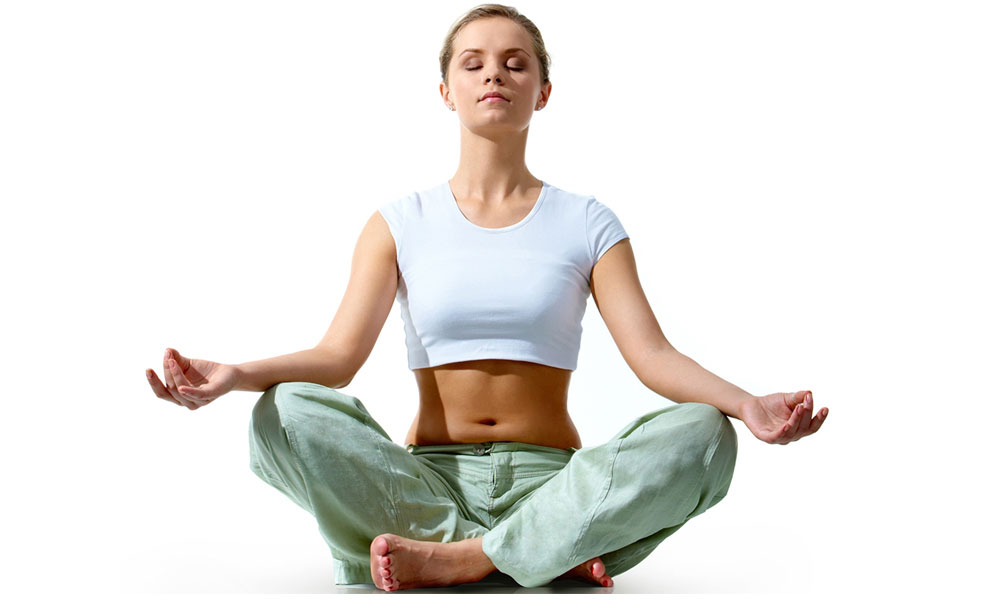
For a traditionalist, the postures of Hatha Yoga are only the beginning of the process. They help to prepare the body to undertake the seated meditation practices that allow one to access the higher limbs of Yoga.
Hatha Yoga is easy to start but can take a lifetime to master.
Anyone can do Hatha Yoga, but intensive training with an experienced teacher is key to getting the most out of your practice.
We offer a variety of retreat and teacher training options for practitioners wanting to go deeper into the eight limbs of Yoga and experience them in their original context.
Register today!
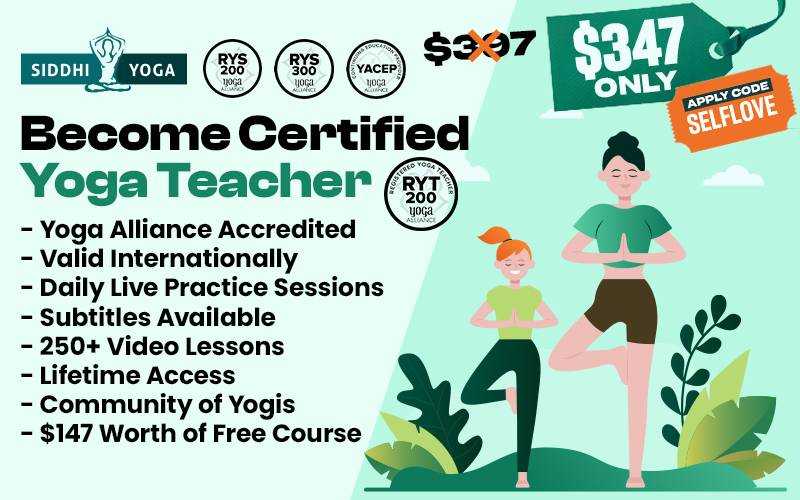
Responses